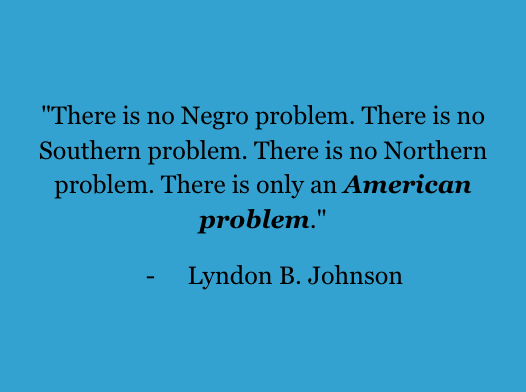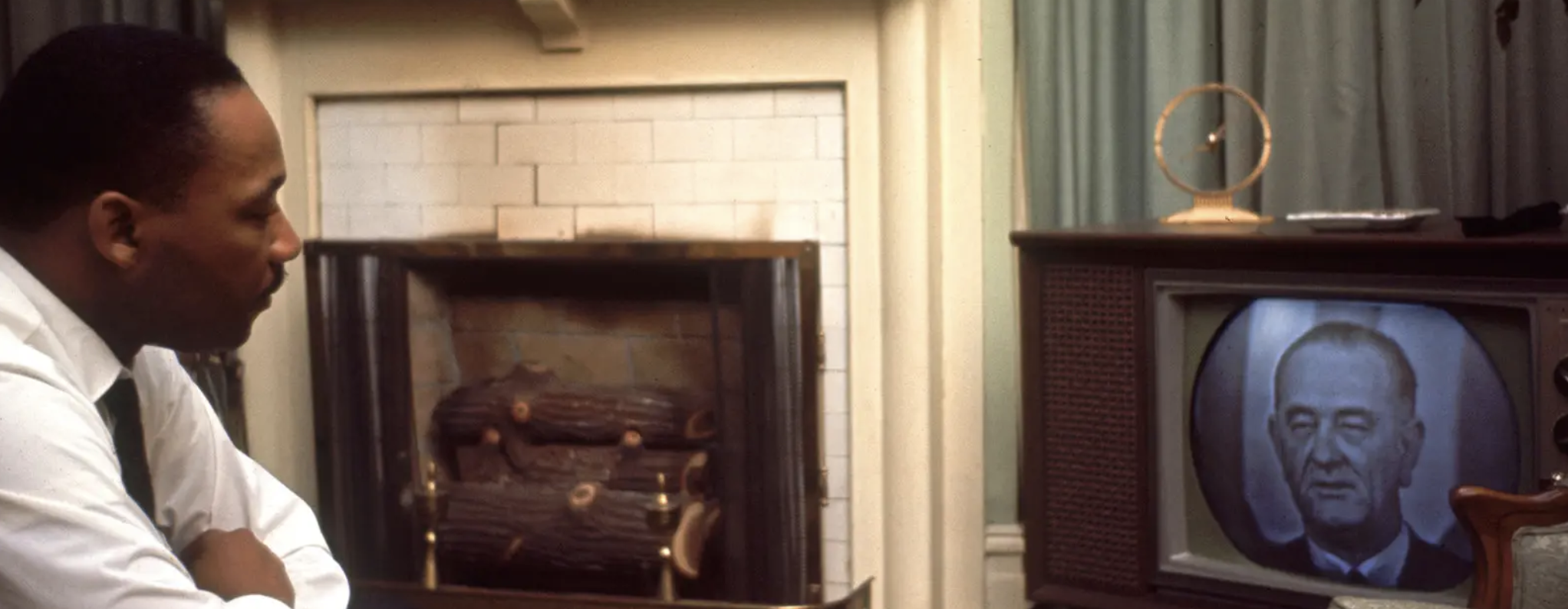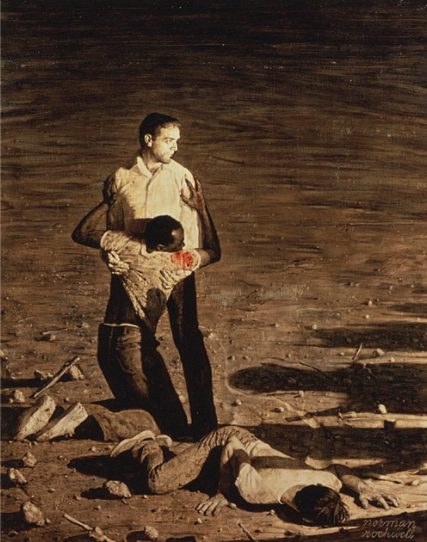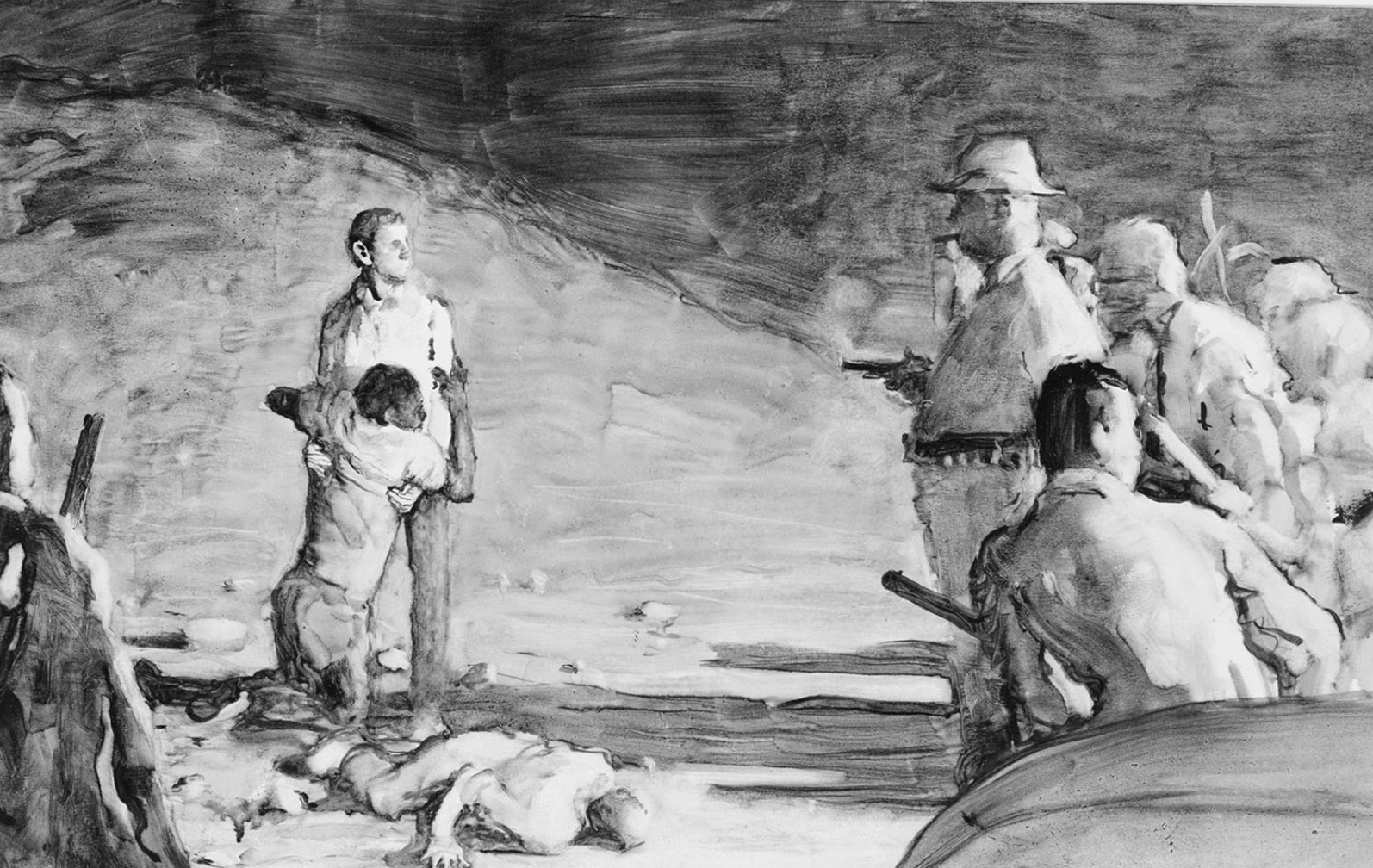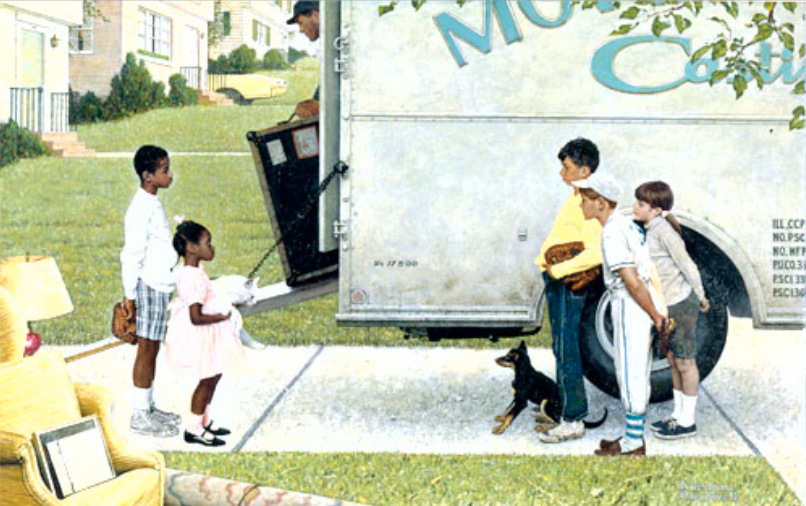Social Change
The national coverage of these two events through television communicated the direness of African-Americans’ situation and changed much of American society's attitude on race. Moved by the coverage of the murders in Mississippi, famous American painter and illustrator Norman Rockwell, who was known for making wholesome and apolitical American art, began creating art that highlighted the struggle of the civil rights movement.
Comedian and TV actor Dick Gregory, who helped publicize the event through TV, convinced celebrity Hugh Hefner to donate $25,000 to those who could offer the police tips in their search.
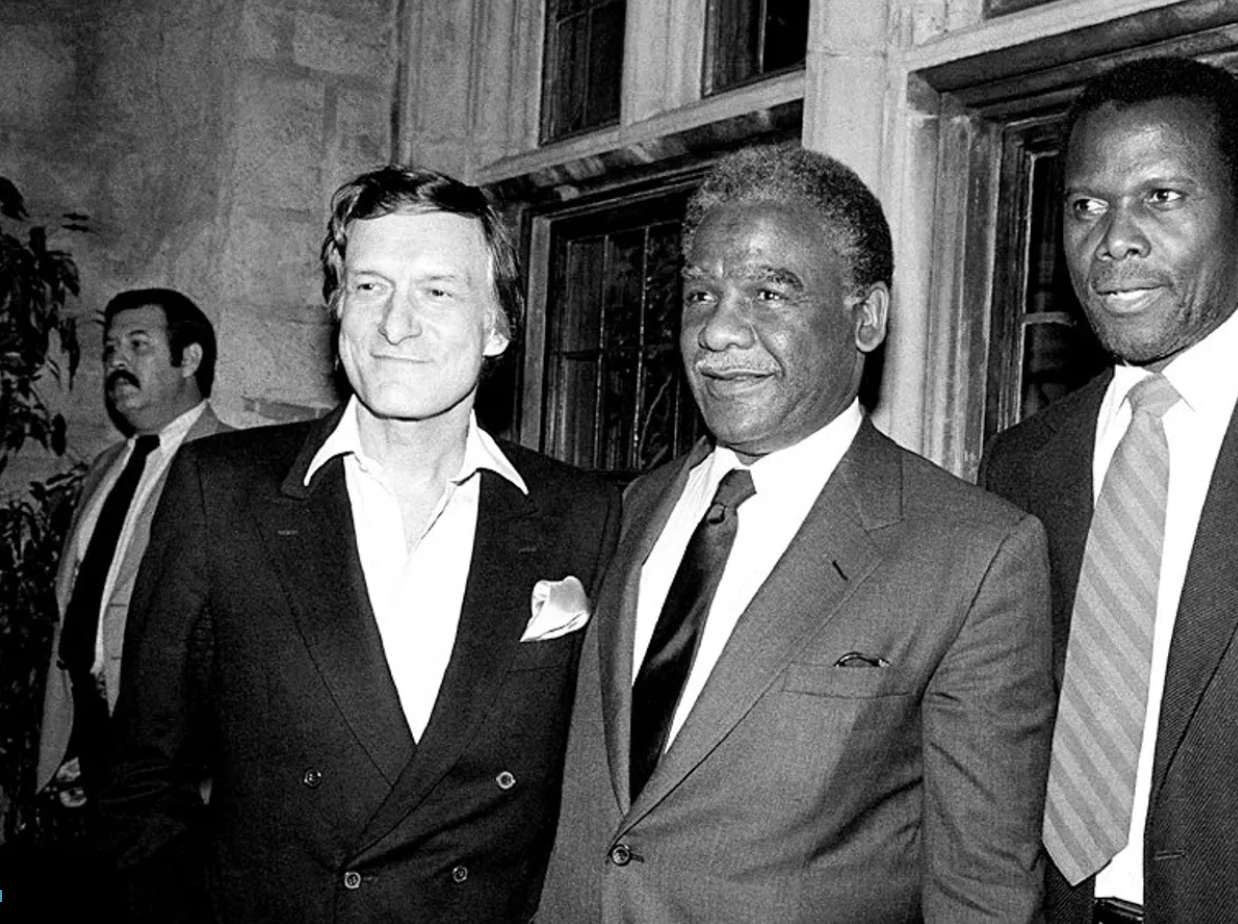
Hugh Hefner (left) pictured with Harold Washington, the first black mayor of Chicago (middle), and Sidney Poitier, famous movie actor (right). Image courtesy of Salon.com
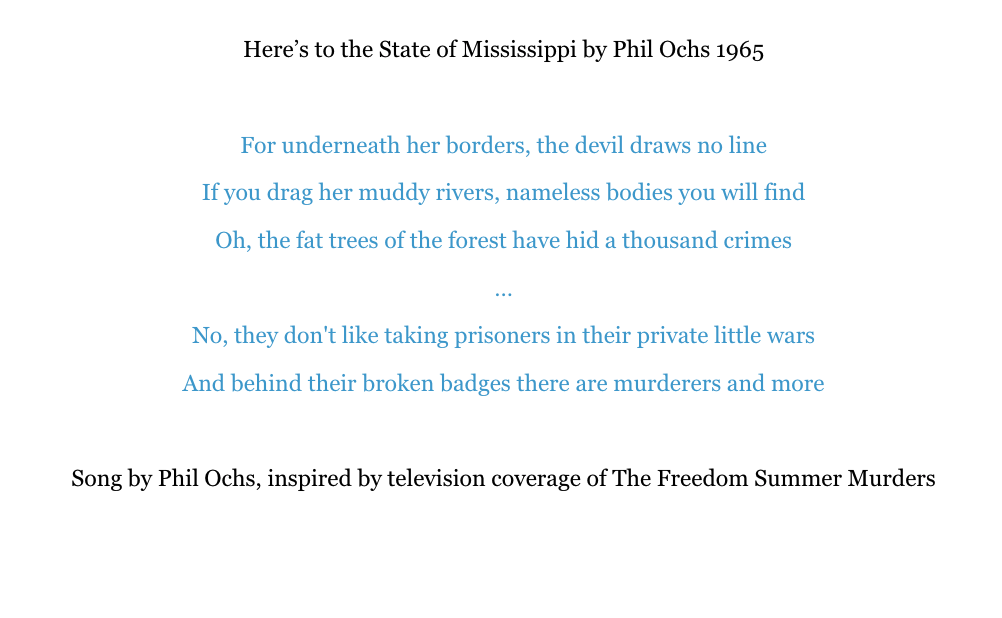
"Here's to the State of Mississippi" by Phil Ochs. Audio courtesy of Youtube.

Interview with Anne Sweazey, childhood friend of Micheal Schwerner, on how the television coverage of the Freedom Summer Murders personally affected her. Pictured to the right is Stephen Liaskos, who conducted this interview for our project.
Political Change
Lyndon B. Johnson, the U.S. president through much of the civil rights movement, was hesitant to support civil rights because of fear that it would hurt his support with southern voters. However, after news coverage of the Selma Protests were shown to the public, Johnson felt that a large, and still growing number of Americans, wanted change in regards to civil rights, and he asked congress for legislation which would become the Voting Rights Act of 1965. The television played a critical role in communicating to the public the issues Black America was facing, and without it, the civil rights movement would have been as slow and ineffective as it had been in the past.
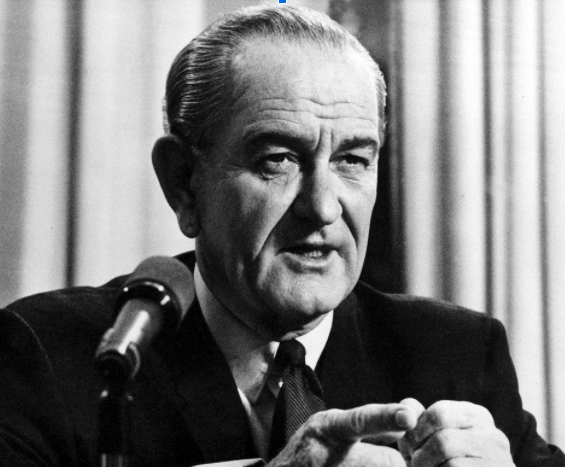
Lyndon B. Johnson addresses the American people in a speech. Image courtesy of The Washington Post.
